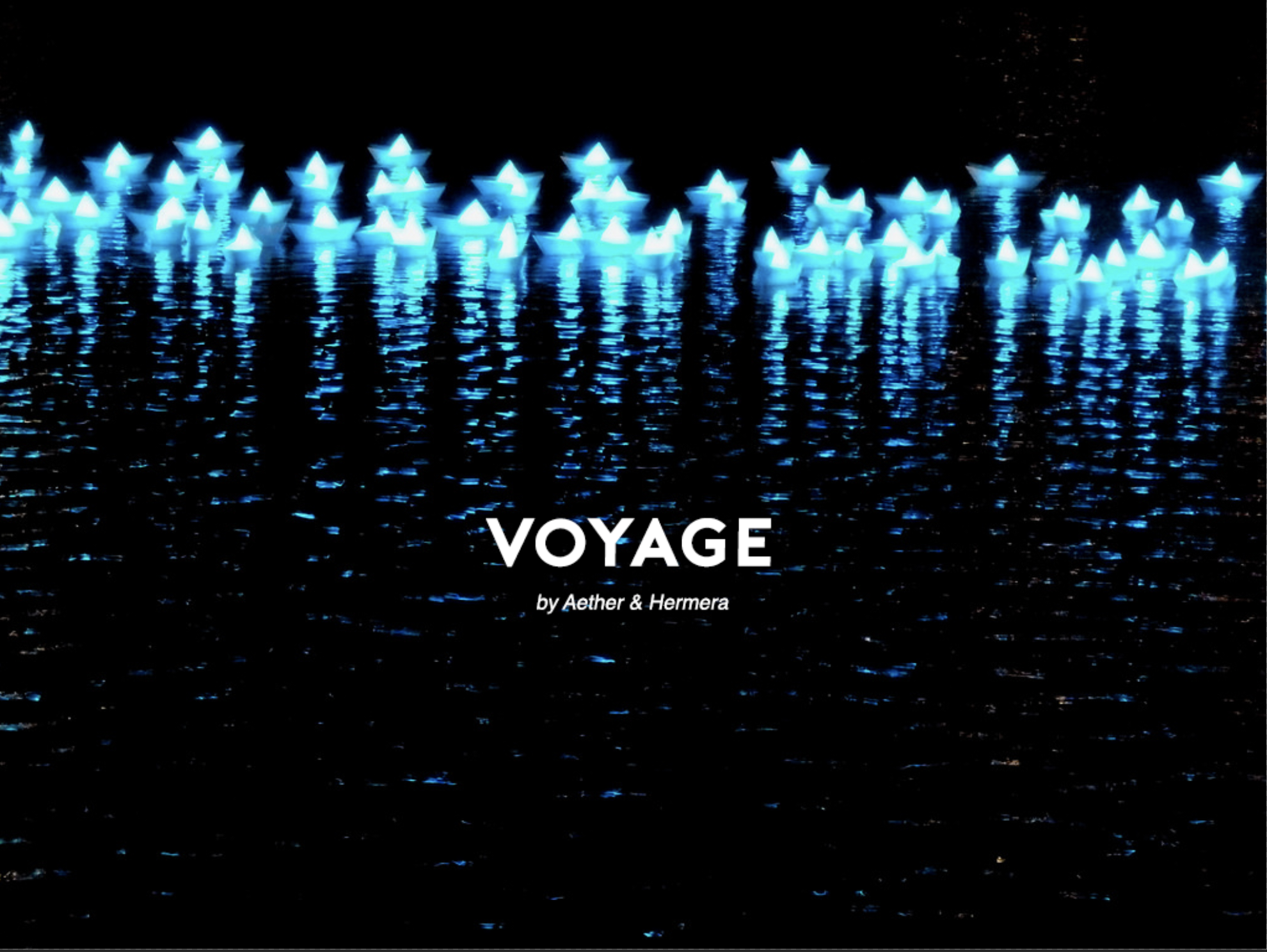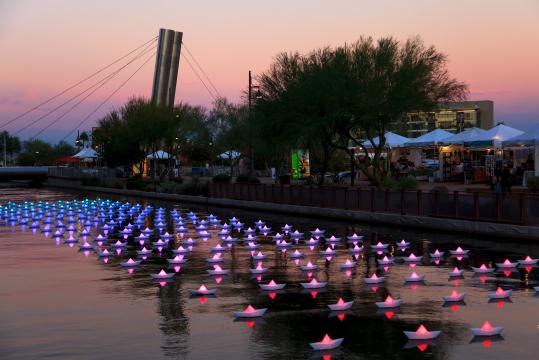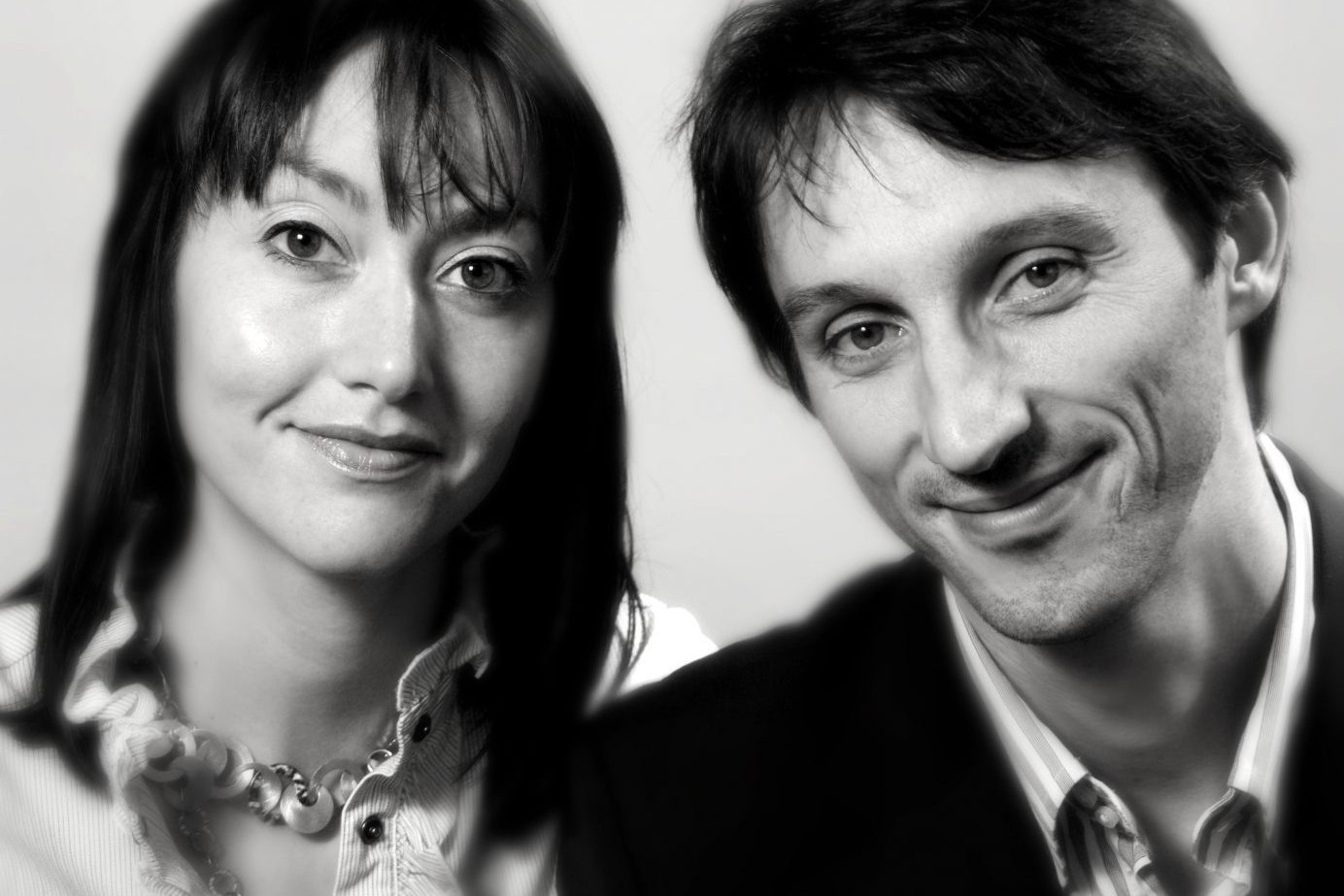
Bauhaus is a school that rose from Modernism and the Industrial Revolution, inspired by many qualities and ideologies found in the movements that occured before and around the same time. Some such examples are the Aesthetic movement, Art Nouveau’s Deutscher Werkbund, Wiener Werkstatte and De Stijl. Primarily it answered the question “how can an artist be trained to take his place in the machine age?”
The school’s purpose was to serve as the link between crafts and industry. However it’s initial conceptualization in the early 20th century was fought harshly against by German craftsman organizations who feared that it instead was a new factor that would accelerate the decline of crafts by tainting it with industrial development ideologies.
This essay will explore some of the ideologies behind Bauhaus, which movements it was inspired by and finally if it was successful in retaining the character in craftsmanship while incorporating mechanized mass production values. Firstly, we shall explore some of the movements that inspired Bauhaus ideologies.
Modernism is a movement that favoured rational critical thinking over tradition, especially when it came to materials and new ideas. Much of the designs that sprung from the movement were inspired by the simple geometric shapes formed by the machine made urban environment and made use of the latest materials. The lack of ornamentation, experimentation with new materials and simplistic designs are key features that are also present in Bauhaus’s design ethos.
The Aesthetic movement was inspired by the abstract geometric shapes and pure uncluttered lines of Japonism. The movement also carries the belief that art as a product should not have any social ethical or moral bearings. Something echoed later on in Bauhaus teachings.
Deutscher Werkbund is often known for its imitating of nature. Most designs have long sinuous lines and curvilinear organic forms that imitate nature. Its designs, such as the Music Room Chair 1899, is designed for mass production at low cost which brought about the ideology of “Machine Furniture” or basically, furniture that is well designed and inexpensive to build and assemble.
Wiener Werkstetter is a movement that promoted the equality between designer and craftsman. Unlike Deutscher Werkbund, this movement focused more on the artistic integrity of the designs, refusing to compromise for affordability. This unfortunately limited their appeal to the masses. However the ideology that an artist could be a craftsman and designer as well to produce the best, most innovative art can be seen being adopted by Bauhaus.
Constructivism developed as a means of bridging the gap between objects and buildings and their relations to the industrialized world.
Finally, De Stijl is a group of artists and architects who wanted to achieve an objective, modern, anti-individualistic art style which is reflected in the art pieces produced by the group. They often featured horizontal and vertical lines and clean primary colours that challenged the use of visual and physical space as well as the use of colours and their effect on spaces. Everyday spaces and furniture were often simplified and reexamined for their forms. While the furniture produced were often non-functional, they are valued and celebrated for their ideas of ratio balance and simplification.
The Bauhaus School of Design was founded by Walter Gropius a german architect in 1919. It was during the time where World War One had just occured and the Industrial Revoloution was picking up speed. Gropius wanted to “create a new guild of craftsmen without the class distinctions” which he felt was primarily the cause for divide between craftsmen and artists. Something brought up before by the Wiener Werkstatte movement. Bauhaus is the Unification of Art, Handwork & Industry, an apprenticeship programme in applied arts of Carpentry, pottery, metalworking, glasswork, stage design, photography, commercial art.
Most of its progressive, experimental curriculum is centered around the innovative teaching practices of their teachers with the likes of Itten, Klee, Kandinsky, Moholy- Nagy and many more. It consist of two main concepts: zeitgeist and Gesamtkunstwerk and three secondary concepts: Rationalistic industrial art, social arts and aesthetic industrial art.
The concept of zeitgeist was the unification and synthesis of all components of arts in terms of a body of work to symbolize a culture. While the concept of Gesamtkunstwerk means a unity of the whole creative process of all disciplines both in design, craftsmanship and mechanical production. The concept of Rationalistic – industrial art was to view art with a greater emphasis on the ratio, collective desires or values, rejecting of tradition, exclusivity and uniqueness. The Social Arts concept sees art in terms of social commitments. The responsibility that art now carries as a functional massed produced product through industrialization. As such, many of the designs produced from the school had favoured functionality over ornamentation, symmetry based on ratio and experimented with new materials.
When Moholy-Nagy succeeded Itten in the school, he introduced industrially functionalist designs in the metal workshops, discouraging traditional materials and handicrafts in favour of technologically produced modern materials such as steel tubing, glass, plywood. Steel tubing was often only seen in bicycles gave furniture instead a lightweight form associated with the vehicle. Something that was very unique at that time compared to many other designs at that time that were often heavy and bulky with hardwood ornamental bases. The experimentation with plywood and it’s pliability also resulted in chairs that were more lightweight and springy which felt softer and more comfortable. Committing the school to new material technology and mass production also reduced the importance of craft specialization and traditional workshop training; on the artist-constructor, than the artist-craftsman.
However, some criticism that came with the Bauhaus school of thought was that in the process of simplifying and rationalizing in the name of functionality and mass production. Some believe that the character behind the “art” produced is lost as most things are stripped of their cultural traces. Others even go as far to define it as robotic. Considering that Bauhaus’s purpose was to find the balance between art and the mass production of industrialisation, I personally believed it did not produce so much of “fine art” but it did revolutionize the concepts of product design which I believe is an art form in itself. While perhaps Bauhaus did is not the exact answer to the balance between art and craftsmanship, as Hans Heiss aptly says “what made Bauhaus was not so much its achievements, but its spirit,” and following the dictates of technology and economics of production, “if they were not the right answers, at least they were the right questions.”
(1080 words)
References
Bayer, H., & Gropius, W. (1972). Bauhaus. New York: Museum of Modern Art.
Collins, N. (2018). Deutscher Werkbund: German Work Federation: Architecture, Crafts, Design. Retrieved from http://www.visual-arts-cork.com/architecture/deutscher-werkbund.htm
Harimuti, R., Wijono, D., & Hatmoko, A. (2011). Bauhaus Ideology, Concept and Method on Architecture.
Schjeldahl, P., Farrow, R., Thomas, L., Farrow, R., Félix, D., & Toobin, J. et al. (2018). Bauhaus Rules. Retrieved from https://www.newyorker.com/magazine/2009/11/16/bauhaus-rules
Wilk, C. (2008). Modernism (pp. 76-126). London: V & A Pub.









